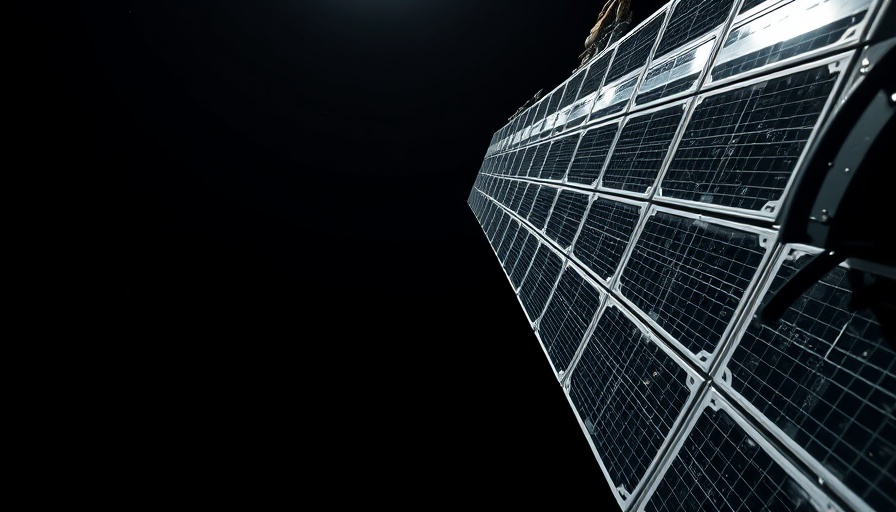
Understanding Earth's Quasi-Moons: A New Frontier in Space Exploration
The recent launch of the Tianwen-2 spacecraft marks a significant advancement in our quest to understand celestial bodies that orbit our planet. This mission aims to reach Kamo'oalewa, a quasi-moon that has been a fascinating subject for astronomers since its discovery in 2016. Unlike conventional moons, quasi-moons are not gravitationally bound to Earth; instead, they follow their own orbits around the sun, appearing to dance around our planet due to their specific trajectories.
Contributions to Scientific Knowledge
As the Tianwen-2 probe travels towards Kamo'oalewa, it sets the stage for groundbreaking discoveries about these peculiar space objects. The mission's objective isn't solely to collect samples; it also seeks to enhance our understanding of the solar system's formation and evolution. By analyzing these samples, scientists hope to shed light on the history of Earth’s companions.
A New Era for International Collaboration in Space
Tianwen-2's mission also signifies an era of enhanced collaboration in space exploration. With various space agencies around the world launching initiatives focusing on asteroids and other small celestial bodies, the competition has evolved into a collaborative spirit aimed at shared knowledge. This holistic approach fosters innovation, allowing researchers to combine findings and methods, leading to more comprehensive models of how these bodies interact with both the sun and Earth.
What Lies Ahead for Tianwen-2
The mission timeline is ambitious. Scheduled to land on Kamo'oalewa in July 2026, the probe will first conduct months of study to identify the most promising sampling sites. After collecting its samples, the spacecraft will return to Earth and utilize gravitational assists, potentially increasing the efficiency of interplanetary travel. The insights gleaned from Kamo'oalewa could redefine our understanding of forming rocky bodies and their origins.
Future Predictions: Implications for Earth and Beyond
As we look ahead, the findings from Tianwen-2 could offer technology and scientific innovations with practical applications on Earth, ranging from advances in materials science to new methodologies for resource utilization in space. Such breakthroughs may not only revolutionize space exploration but could also contribute to sustainable practices here on Earth. The integration of robotic systems and AI in future missions illustrates a pathway towards reduced mission costs and enhanced safety for human explorers.
Conclusion: The Call of the Cosmos
The Tianwen-2 mission is more than just a journey to collect samples; it's a testament to human ingenuity and our quest for knowledge beyond our planet. As the probe embarks on this significant voyage, it invites not just scientists but also leaders and decision-makers to reflect on the broader environment of technological collaboration. Remaining informed about these advancements can inspire innovative applications across varied sectors. Keeping abreast of developments in space technology can drive strategic decisions, shaping the future of industries back on Earth.
As we await further updates on Tianwen-2's progress, consider how such advancements in space exploration might influence and integrate into your own strategic initiatives. The insights gleaned from this mission present opportunities that extend beyond the stars and into the fabric of Earth’s technological evolution.
 Add Row
Add Row  Add
Add 




Write A Comment